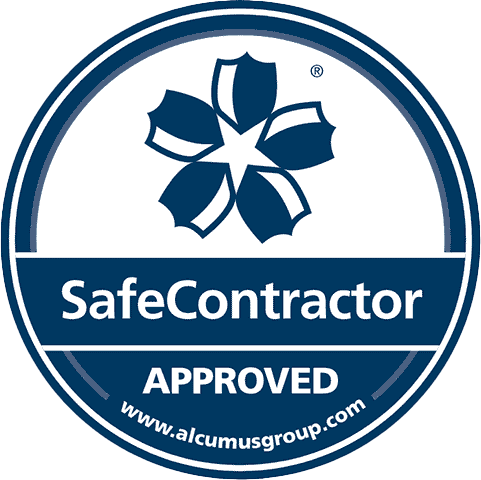Power flushing is an essential maintenance service for your central heating system. It improves its efficiency, prolongs the life of your system, and helps prevent potential issues. This guide provides concise and professional information on power flushing, aimed at helping you understand the process and benefits.
What’s a power flush?
A power flush is a process that cleans your central heating system using a high-velocity, low-pressure flow of water combined with specialised cleaning chemicals. This combination removes accumulated sludge, rust, and debris from the radiators, pipework, and boiler components, ensuring optimal efficiency and preventing potential damage to the system.What happens during a power flush?
During a power flush, a trained technician connects a power flushing machine to your central heating system. The machine circulates water and cleaning chemicals throughout the system, dislodging and removing any debris or sludge present. The process may include the use of specific adapters and magnetsto collect and remove contaminants effectively.
How long does the process take?
The duration of a power flush will depend on factors such as the size and complexity of your system, as well as the extent of debris and sludge build-up. Typically, a power flush can take anywhere from 4 to 8 hours to complete, but your chosen technician will be able to advise you on the expected timeframe for your home’s system.When does my central heating system need a power flush?
Regular maintenance, including annual boiler servicing, can help identify if a power flush is needed. These measures are the ideal way to stay on top of the condition of your central heating system. You may also decide to power flush your system if you are experiencing any of these signs:- Cold spots on your radiators
- Noisy boiler or pipes
- Reduced heat output
- Discoloured water when bleeding radiators
- Frequent need for radiator bleeding
- Pump failures or blockages





